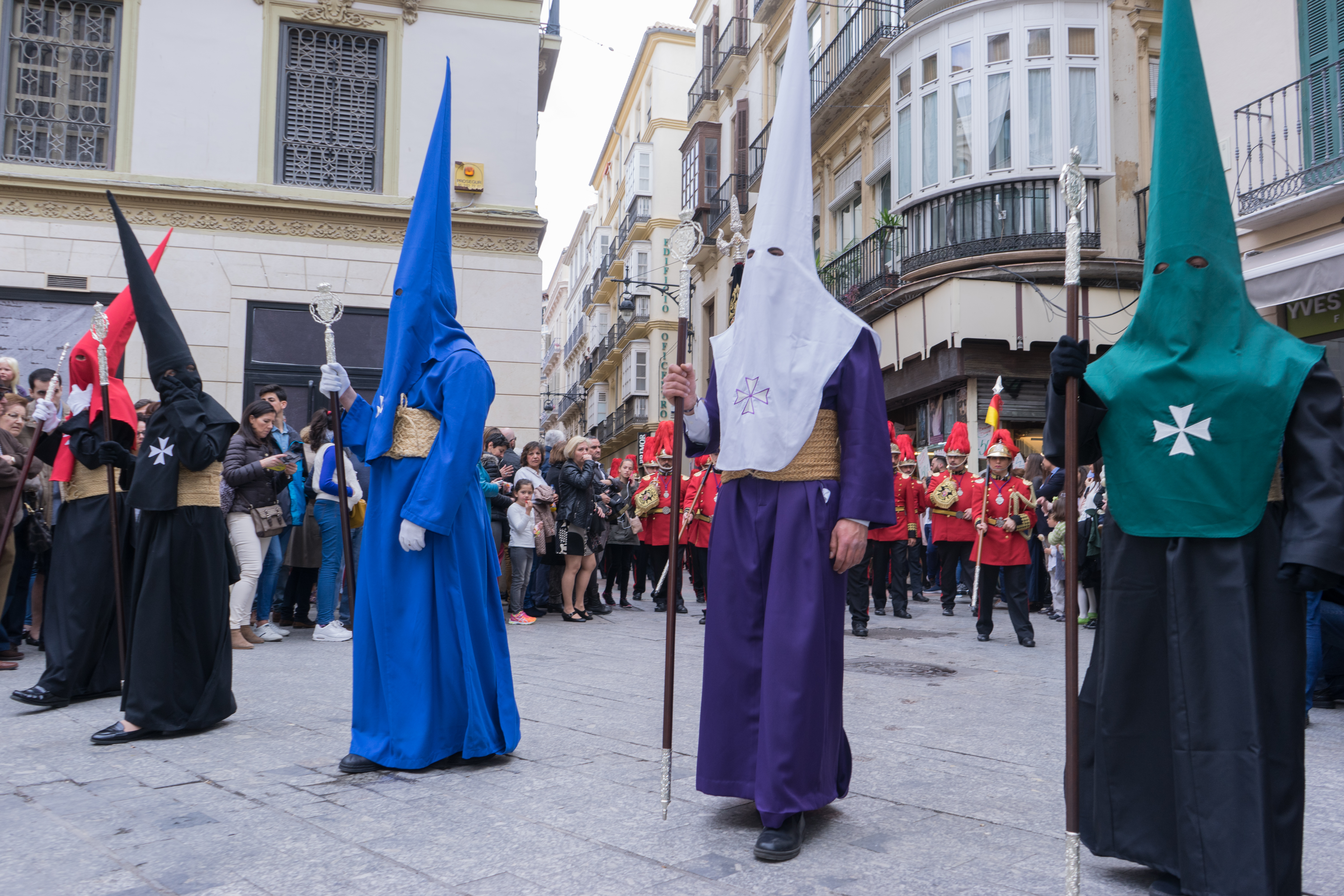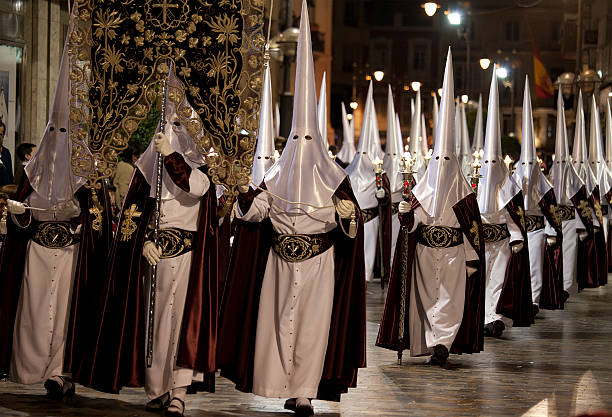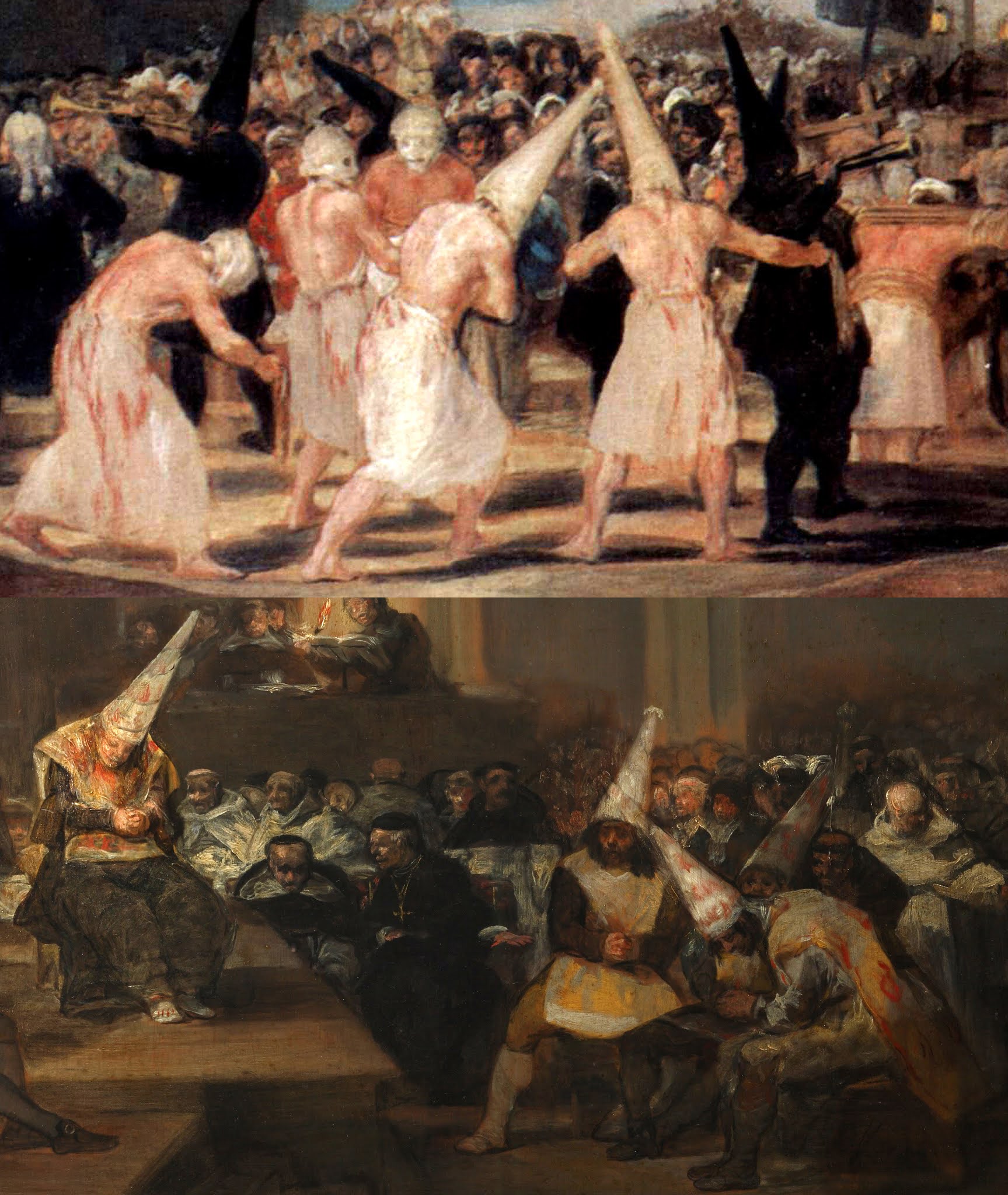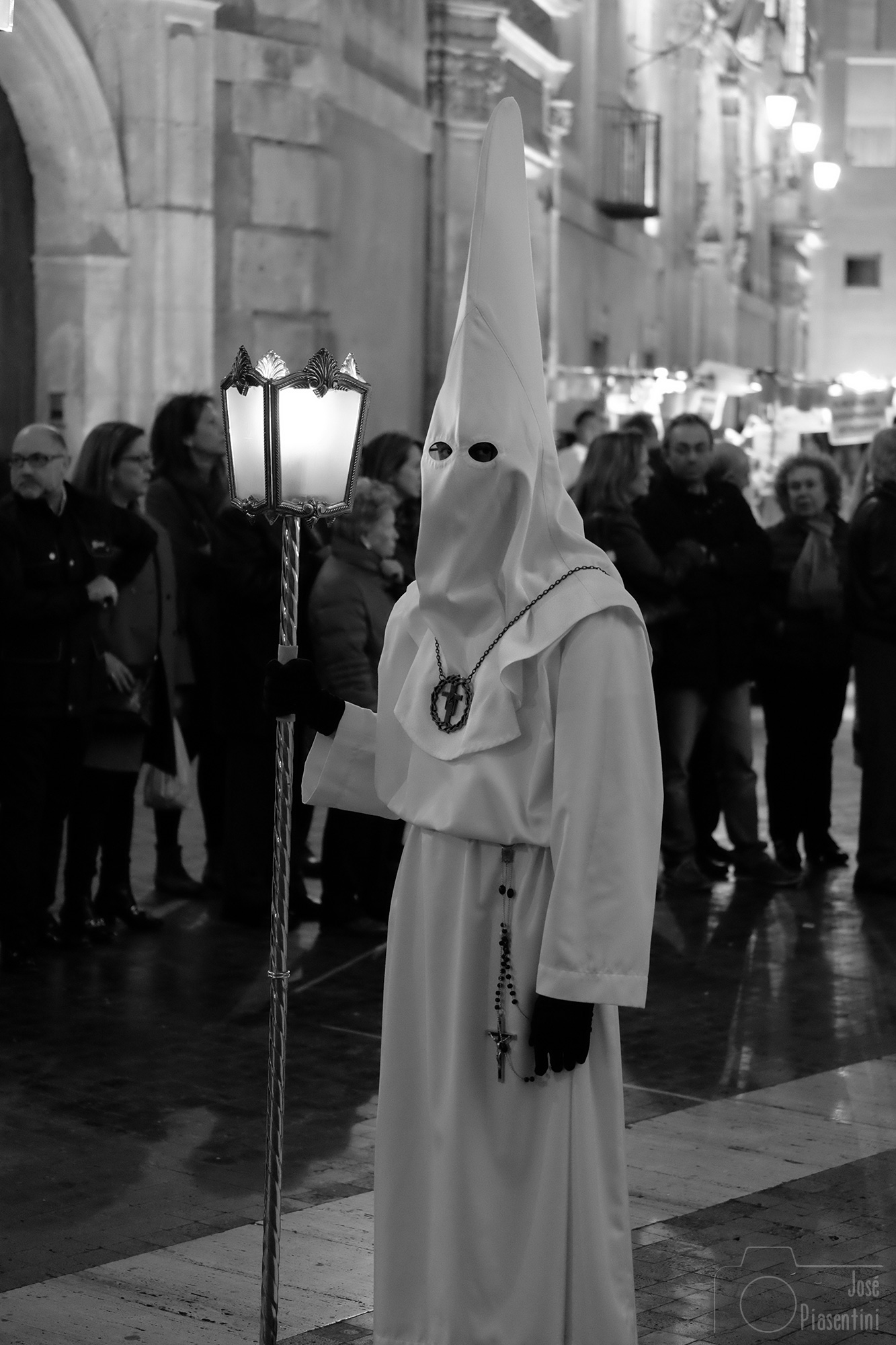
Easter, a cherished Christian holiday celebrated worldwide, holds a special place in the hearts of the Spanish people. Spain, known for its vibrant celebrations and rich cultural heritage, boasts unique traditions that make Easter an extraordinary event. Among these customs, the Capirote, a distinctive cone-shaped hat, has become an iconic symbol of Spanish Easter processions.
Ancient Origins:
To understand the Capirote's journey, we must delve into its ancient origins. The practice of wearing distinctive headgear dates back to ancient civilizations, symbolizing various cultural and religious beliefs. This tradition was common among the Phoenicians, Romans, and Greeks, who used head coverings to demonstrate allegiance to specific deities during religious ceremonies.

Medieval Spain:
The Capirote's presence in Spanish Easter traditions can be traced back to medieval times. During this period, Catholic rituals merged with pre-existing cultural practices, resulting in the incorporation of distinctive attire during religious processions. The Capirote, originating from the Latin "cappa" (meaning cape), gradually took shape.

The Capa Parda and the Nazareno Robe:
In medieval Spain, penitents, also known as disciplinants, sought to publicly express their piety and repentance during Holy Week. They wore a long, dark robe, called the Capa Parda, and a similar conical headdress, which today would resemble the Capirote. Over time, the penitents specialized in various brotherhoods, each with its own distinctive robe and Capirote shape and colour.
Evolution of the Capirote:
Throughout the centuries, the design and symbolism of the Capirote evolved. Originally, it was a simple cone-shaped hat worn in combination with the Penitent's robe. However, as the Easter processions continued to grow in size and importance, the Capirote took on new forms. Members of different brotherhoods began to use variations in shape, height, and colour to distinguish themselves, representing their individual devotions and religious symbolism.
Religious Symbolism:
 The Capirote's colours hold great significance in Spanish Easter traditions. The primary colours, white and black, represent purity and penance, respectively. They are often seen in combination with other hues, ranging from deep red to purple, signifying additional religious themes such as martyrdom or the sacrifice of Christ.
The Capirote's colours hold great significance in Spanish Easter traditions. The primary colours, white and black, represent purity and penance, respectively. They are often seen in combination with other hues, ranging from deep red to purple, signifying additional religious themes such as martyrdom or the sacrifice of Christ.
Controversies and Cultural Significance:
While the Capirote is an integral part of Spanish Easter traditions, it has sometimes faced controversy. Critics argue that the garment's cone-shaped design bears an unfortunate resemblance to the Ku Klux Klan's head covering. However, it is essential to recognize that the Capirote predates the Klan's existence and has a distinct historical and cultural context within Spanish society.
The Capirote is deeply ingrained in Spanish culture, symbolizing tradition, faith, and community. It represents the devotion of individuals who devote themselves to religious processions and seek spiritual contemplation during Holy Week.
The Capirote's presence in Spanish Easter traditions reflects a remarkable journey through time. Rooted in ancient practices and evolving throughout centuries, it has become an iconic symbol of devotion and cultural identity. Despite occasional controversies, the Capirote remains an integral part of Spain's Easter celebrations, bridging the gap between past and present and highlighting the nation's deep religious roots. As Holy Week approaches each year, the Capirote continues to unite communities and inspire the faithful, reminding us of the enduring power of tradition and the importance of expressing one's faith.